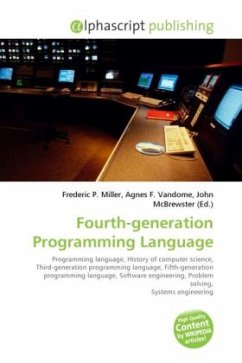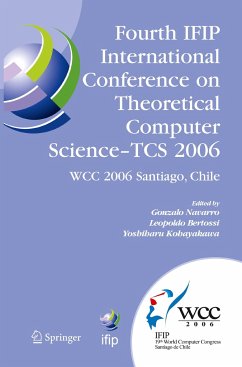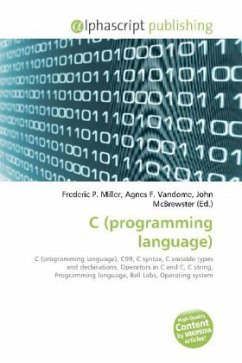A fourth-generation programming language (1970s-1990) (abbreviated 4GL) is a programming language or programming environment designed with a specific purpose in mind, such as the development of commercial business software. In the evolution of computing, the 4GL followed the 3GL in an upward trend toward higher abstraction and statement power. The 4GL was followed by efforts to define and use a 5GL. The natural-language, block-structured mode of the third-generation programming languages improved the process of software development. However, 3GL development methods can be slow and error-prone. It became clear that some applications could be developed more rapidly by adding a higher-level programming language and methodology which would generate the equivalent of very complicated 3GL instructions with fewer errors. In some senses, software engineering arose to handle 3GL development. 4GL and 5GL projects are more oriented toward problem solving and systems engineering.








